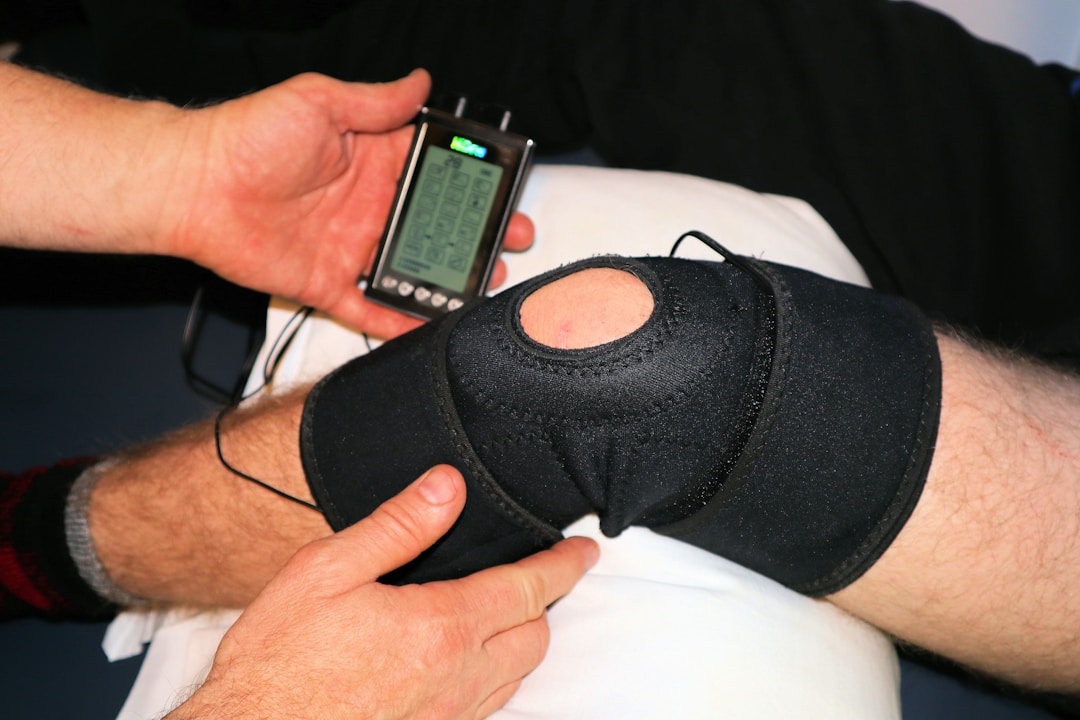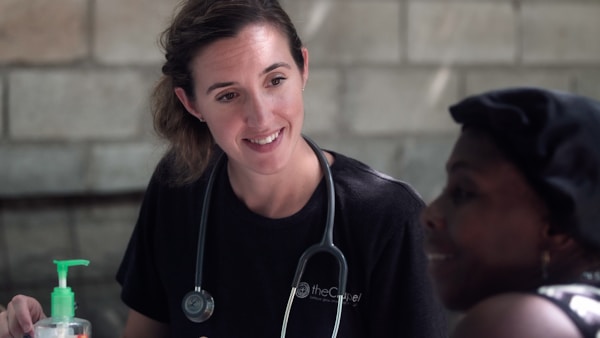What To Expect From Your Medical Malpractice Lawyer
When dealing with the repercussions of a medical error, it’s critical to have an adept legal ally by your side. A medical malpractice lawyer plays a pivotal role in guiding you through the maze of legal procedures, fighting for your right to compensation. Knowing what to expect from your attorney can help you navigate this challenging time more effectively. Keep reading to become more informed about these vital aspects.
Navigating the Legal Process: How Your Lawyer Manages Your Claim

The legal journey in medical malpractice suits is often long and complicated. Your lawyer will take the lead in filing all necessary documentation, adhering to procedural rules, and advocating for you during pre-trial motions and discovery phases. They will deconstruct the opposition’s claims, piece by piece, aiming to build a robust defense on your behalf.
From initial consultations to settlement negotiations or trials, your attorney’s role encompasses several stages. During discovery, they pore over every detail to unearth favorable evidence. This information is key in pre-trial negotiations where they might resolve the claim without the need for a trial, saving you time and stress.
If a trial is necessary, your lawyer will meticulously prepare every aspect of the case—from opening statements to cross-examining witnesses. Mastery of courtroom procedures and etiquette, coupled with a compelling presentation of evidence, is pivotal at this juncture to sway the judge or jury in your favor.
Communication and Support: The Patient-Lawyer Relationship

The relationship between a patient and their medical malpractice lawyer is deeply personal and built on trust. Open and frequent communication forms the backbone of this relationship. An empathetic lawyer appreciates the emotional toll of medical malpractice and ensures they’re accessible to address your concerns.
Your lawyer should keep you informed with regular updates and clear explanations of legal developments. They must demystify the legal jargon and ensure you’re making informed decisions about your case. Patients should feel supported, not just in the context of the suit but also in understanding the healing and recovery process.
Being the victim of medical malpractice can be a lonely experience. The support of a knowledgeable lawyer can be a great source of comfort. They can help manage your expectations, counsel on strategy, and provide moral support throughout the ordeal. This partnership is vital in securing both peace of mind and a positive legal outcome.
The Role of Your Medical Malpractice Lawyer

At the crux of a medical malpractice case is the lawyer’s responsibility to represent your interests with diligence and competence. They’re not only your legal advocate but also your advisor and confidant throughout the legal proceedings. Their first task is to assess the facts of your case, help you understand your rights, and explain the complexities of medical malpractice law.
A medical malpractice lawyer is tasked with collecting and analyzing medical records, securing expert witness testimony, and investigating the incident to establish negligence. It’s their job to demonstrate how the standard of care was breached and to prove the causation between that breach and your injury or harm.
Moreover, medical malpractice lawyers Illinois are attuned to state-specific laws and statutes of limitations. This local expertise is invaluable in preparing and filing your lawsuit within the permissible timeframe and under Illinois legal standards.
Strategies for Successful Outcomes in Medical Malpractice Litigation

Every medical malpractice case is unique, but successful outcomes often share common strategies. A detailed approach to gathering evidence, meticulous preparation, and a well-crafted narrative that resonates with jurors are key components. Lawyers work tirelessly to create compelling arguments that highlight the negligence suffered by their clients.
Risk analysis plays a critical role in determining whether to settle or proceed to trial. A seasoned lawyer will weigh the offered settlement against potential jury awards, factoring in the unpredictability of trials and the emotional toll on the client. Opting for settlement might be a strategic choice when a guaranteed outcome is preferable to the risk of an unfavorable jury decision.
Overall, the representation provided by your medical malpractice lawyer is foundational to the pursuit of justice in your case. With their expertise, commitment, and strategic acumen, you stand the best chance of achieving the outcome you deserve, turning a challenging situation into one where your voice is heard and your suffering acknowledged.




























